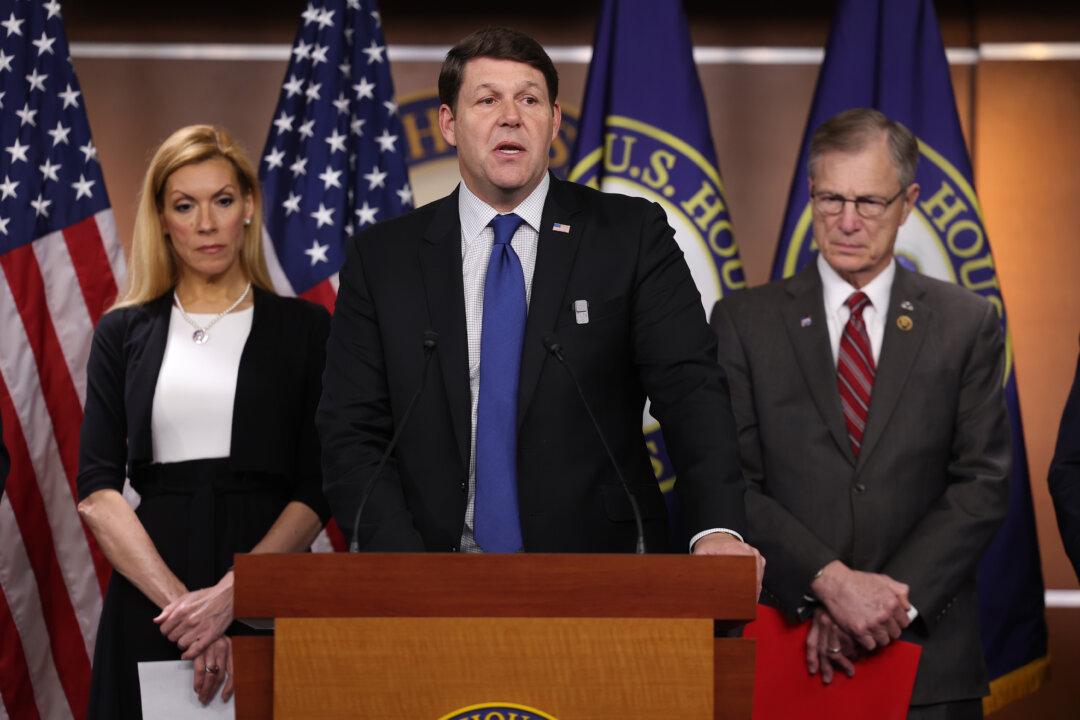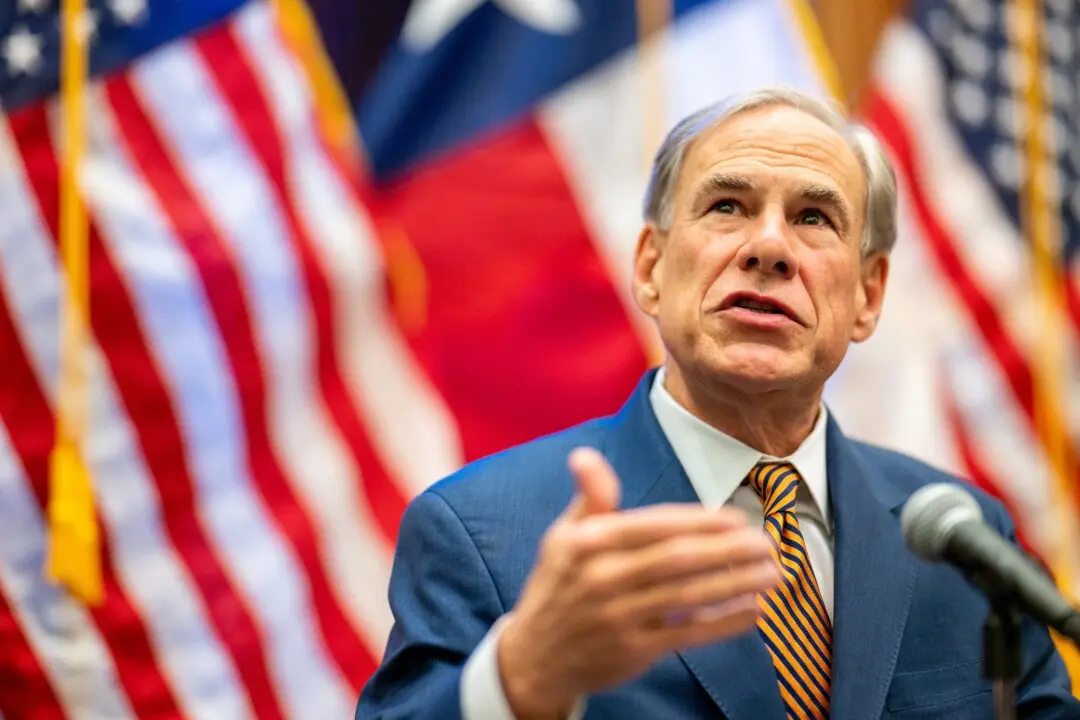A bipartisan group of lawmakers on the House Budget Committee have urged action to find a solution to the impending insolvency of the Social Security and Medicare programs.
According to testimony from the chief actuaries of both the Centers for Medicare and Medicaid Services and the Social Security Administration, the programs will become insolvent in roughly a decade. The public officials testified in a June 13 hearing before the House Budget Committee, highlighting the critical financial challenges facing the growing programs.





